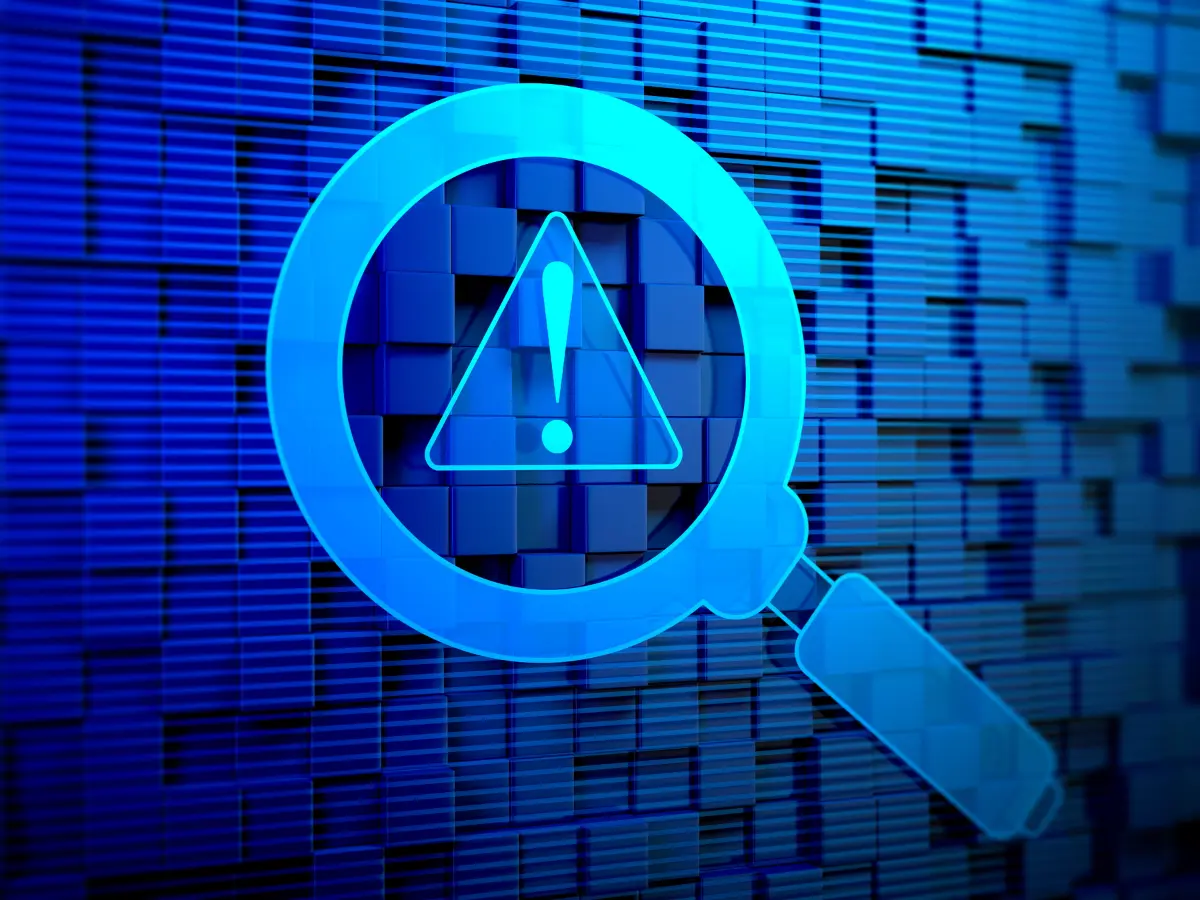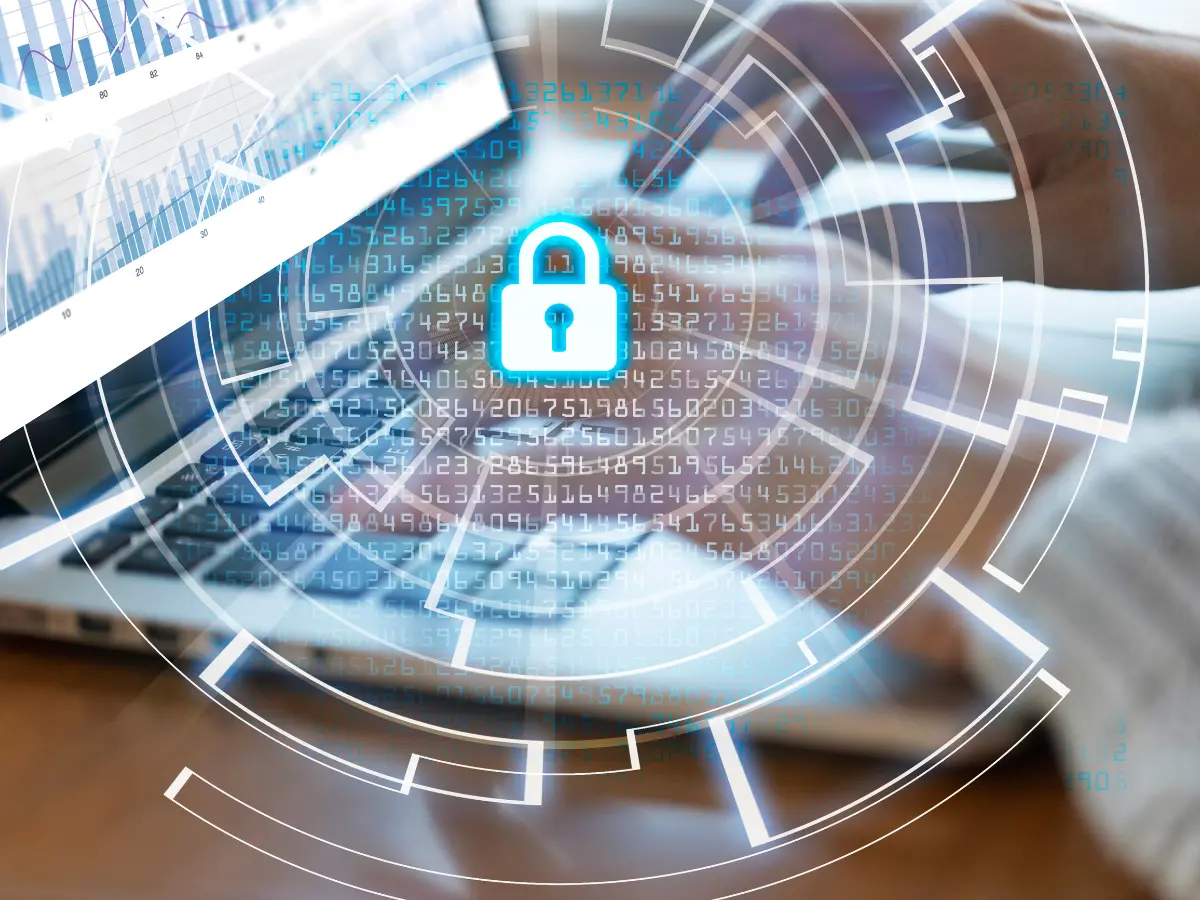The banking industry evolved spontaneously in the last decades like every other industry. The financial sector embraced new technology and found ways to implement a “customer first” approach to its services. While we acknowledge the benefits it brings (ATMs, mobile apps, online customer care, etc.), we see and fear the dangers that follow.
This adoption of digital tools shows a strong need to prioritise data security in the banking industry. To prove the relentless onslaught of cyberthreats, cybersecurity ventures estimate the global cybercrime cost will reach $10.5 trillion by 2025. Also, statistica ranks the financial sector 2nd based on the average cost of a data breach.
So what’s next? Premium data security! In this blog, we’ll go over the importance of data security in the banking industry, threats to it, and how to solve them.
Why is Data Security Important For Banks?
One thing every industry runs by is data, and the banking sector isn’t left out. There’s a lot of data out there, and banks make use of a wide range. Yes, they use, handle, and store basic personal data like name, age, address, etc., but there are more delicate data at stake (BVN, NIN, credit card details, etc.).
These kinds of data attract cybercriminals who use them for financial frauds, identity thefts, targeted attacks, and many more. So, stopping malicious actors from accessing sensitive data remains the ultimate goal for the banking industry.
But that’s not all; there are other consequences of cyberthreats that data security curbs. Some are;
Loss of Trust and Reputational Damage
Trust is the bane of every banking institution. It’s so easy to know why customers place so much trust and expectations in their banks to keep their information safe. Terribly, data breaches shatter this relationship.
While the same customers may grant other industries a second chance, they don’t give banks the same regard (money is a factor). Once a data breach occurs, the trust is broken and the reputational damage irreparable.
Compliance with Regulations
Banks must comply with a number of data regulations to achieve maximum data protection and security. These laws were enacted by countries and industries to grant data subjects (data owners) more control over how organisations use their data.
For instance, the GDPR governs the EU, and its requirements remain applicable to all organisations handling EU data regardless of their location. Also, all Nigerian banks are subject to the NDPA (Nigerian Data Protection Act).
Under these laws, compliance is non-negotiable, and severe consequences follow traces of non-compliance. So, data security in the banking industry ensures data integrity and improves compliance with these strict laws.
Financial Loss
Not complying with data regulations comes with heavy financial implications. Why? The regulations place heavy fines on non-compliant organizations. For instance, the NDPC fined Fidelity Bank for the use of the data subject’s information without consent.
Aside from the penalties imposed, there are several procedures necessary to minimise the impact of a data breach, and they don’t come cheap. This and lawsuits by customers puts banks in serious financial crisis.
To prevent such sticky situations, banks are better off implementing maximum data security measures. It’s a ‘better safe than sorry’ situation.
5 Common Threats to Data Security in Banks
With massive amounts of sensitive and personal data possessed, banks remain a constant target for cyberattacks. While the banks put up some kind of effort, the ever-evolving modus operandi of cybercriminals undermine it.
Now, banks must stay aware of the potential types of cyberattacks coming and plan accordingly. Here are the banking sector’s most common cyberthreats.
Phishing
Phishing attacks remain the biggest thorn in the banking sector’s flesh. According to Statista, in 2023, around 27.32 percent of total phishing attacks worldwide targeted financial institutions.
Cybercriminals pretend to be credible authorities and deceive individuals to reveal sensitive details like account number, credit card number, password, etc. Usually, these actors insert links to malicious websites in emails and text messages.
When it comes to banking, there’s a special type of phishing called whaling. A common example is an email from a company’s CEO or top official to the finance department. The attacker, posing as the CEO, requests a wire transfer to an external account for a confidential deal.
The attacker will include words or operational details to lend credibility to the story. This results in a terrible situation.
Insider Threats
Not all threats come from outside the bank; some come from inside the bank. Tired and disgruntled workers, contractors, and even third-party vendors pose risks to banking institutions. Because they can intentionally or unintentionally leak sensitive data to unauthorised persons.
A real-world example of insider threat occurred in 2019. Capital One experienced a massive data breach when a former Amazon employee exploited a vulnerability in the bank’s cloud server to access sensitive customer information. The breach affected over 100 million customers and caused serious financial and reputational damage to the bank.
Distributed Denial of Service (DDOS)
DDOS attacks involve bombarding a bank’s online services with so much traffic that the system slows down or crashes. This act makes all online banking and payment unavailable, and it disrupts operations and leaves the system vulnerable to further attacks.
Third-party and Supply Chain Attacks
No organisation operates alone, and banks are no exception. At one point or another, the need to outsource tasks to external agencies pushes through. Banks rely on third-party vendors to supply various services, from cloud storage to payment processing, and this opens them up to more vulnerabilities.
For an effective partnership, third parties need access to certain data, and they may possess poor data security practices. A hit on such a vendor equals a hit on the affiliated bank.
Malware and Ransomware
Malware is another threat to data security in the banking industry. Malware is malicious software (mal-ware) that attacks a system, steals data, and is even capable of a shutdown. Ransomware, on the other hand, locks users out of their own systems while the criminals request money in exchange for access.
Ransomwares contribute a whole lot to the financial costs of data breaches—around $4.54 million, excluding the ransom cost itself. For example, in 2017, the ransomware WannaCry infected thousands of computers worldwide. Affected institutions paid huge amounts to regain access to their data while others experienced service disruptions.
So, How to Secure Data in a Bank?
To secure data, banks must employ a wholesome approach to lock data breaches out. This involves guarding the customer-end of banking as well as the bank’s point of view—internal processes, third parties, and staff. At Johan Consults, we can help take the burden off you and help you secure your bank’s data. You can book a free consultation with us to know what to do and how we can help.
Here are 5 ways to secure data in the banking industry.
1. Authentication
Authentication requires that every transaction through the bank happen after the identity of the initiator has been confirmed. This applies to every form of transaction: online payments, credit/debit card payments, and even those visiting the bank physically.
In previous times, basic authentication required an ID, a password, or a pin. But the terrain changed with newer technologies. Now, many banks use two-factor authentication and biometrics to confirm a person is who they say they are.
Of course, authentication applies to bank staff too, particularly those with access to customers’ and banks’ data. This practice limits access to the barest minimum.
2. Audit Trails
Banks must keep a record of every transaction during the time a customer interacts with them, like bank statements and passbooks. That way, it’s easy to respond to incidents faster and more efficiently.
Whether it’s an online or physical transaction, the time and type of transaction must be recorded together with other details. Additionally, this data must be backed up, archived, but never deleted entirely.
3. Secure Processes
Banks protect customer data through security measures like regular information updates (KYC), non-disclosure agreements for staff and partners, and secure areas in offices and data centers. They use Data Loss Prevention (DLP) tools to prevent internal threats to personal data like names and credit card numbers, ensuring compliance with laws like PCI DSS and GDPR. Additionally, regular risk assessments ensure these steps meet global and local regulations, keeping customer information safe and following required data protection standards.
4. Secure Infrastructure
Secure infrastructure refers to the way banks keep their data safe by protecting the servers and databases where it’s stored. In banking, encryption is employed to make data unreadable even if it’s stolen. Basically, secure infrastructure allows trusted people controlled access to these systems.
For extra security, banks use tokenisation (the replacement of data characters with random characters) when real data needs to be used for testing.
In addition, bank employees use computers or equipment where they can’t access social media and other personal accounts. Even when they’re using public wi-fi, they must use a secure VPN (virtual private network) to keep everything safe. This step adds another layer of security to the bank’s infrastructure.
5. Continuous Communication
The same way phishing attacks operate via communication is how banks must operate. There should be consistent communication between bank and customer to inform about upgrades, new authentication procedures, etc.
Furthermore, periodic account statements must be sent to individual customers so they can make timely notice of unusual transactions on their accounts. All these can be customized according to the customer’s preference.
That Sums It Up…
Data security in the banking industry is not a piece of cake; there are technicalities to it. Also, the fact that cyberattacks constantly attack with top-notch technologies (AI) doesn’t help the situation.
But with a comprehensive assessment by Johan Consults, your bank can secure their data in a regulation-compliant manner.
Let Johan consult handle your organisation’s security system. Schedule a free consultation now!.










